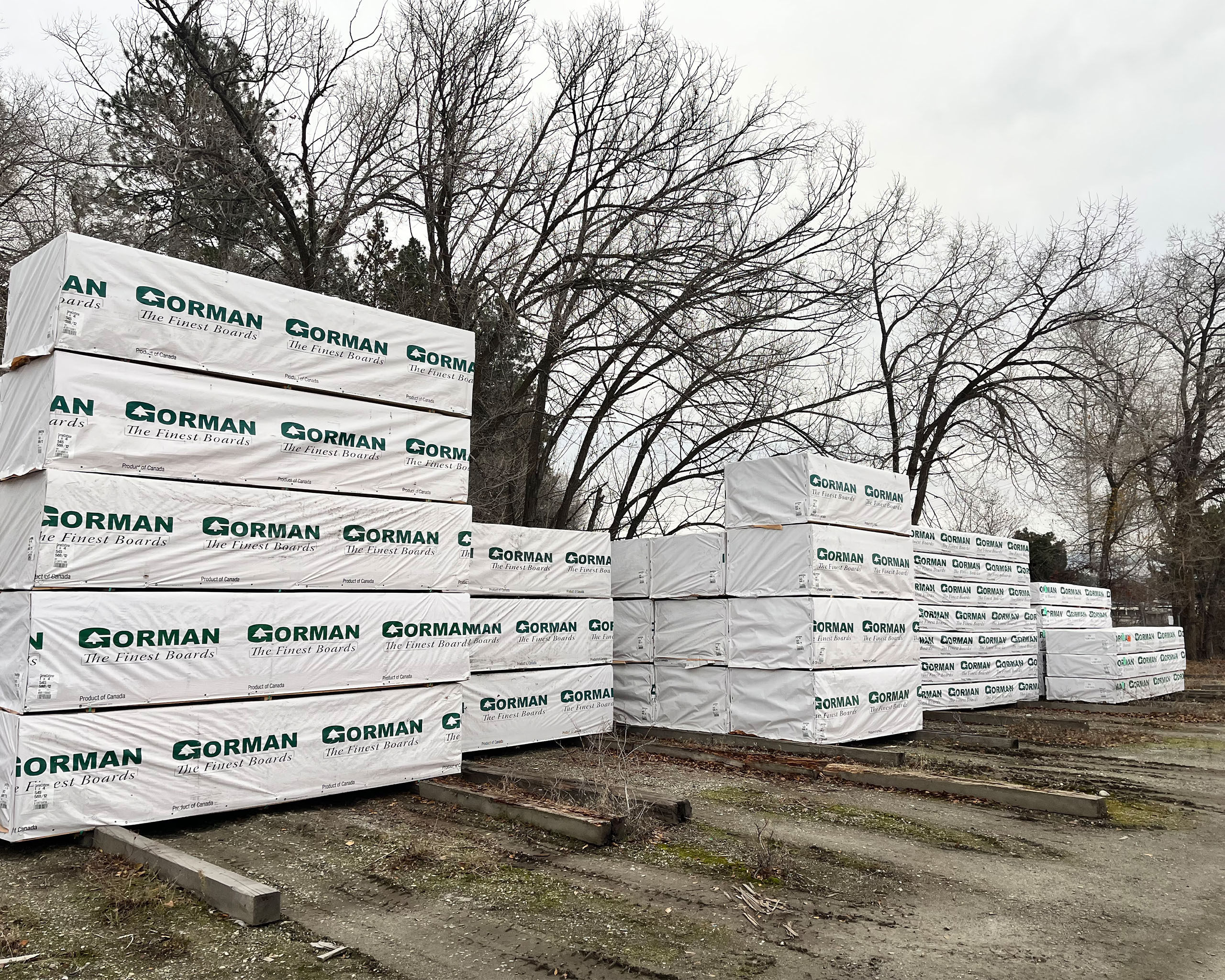Industry experts share their insights into what to expect in a potentially volatile year.
After a relatively flat 2024 from a pricing perspective, lumber prices have seen a jump in recent months.
The bulk of last year saw low lumber prices resulting in rotating curtailments, with dealers and distributors running low inventories, until the industry saw a rally around lumber, plywood and OSB come about in the fourth quarter.
“It was pretty bad most of the year, and about 10 weeks ago we saw some activity,” says Kelvin Johnston Senior Buyer, Commodity Lumber and Panels at Castle Building Centres Group Ltd. “It was because sawmills found themselves losing money, so we had a number of curtailments, and in some cases full-on closures, to cut production out of their operations.”
Johnston attributes the rally to supply rather than consumer demand, noting that housing starts are “still not great” and condo starts are “terrible.”
“We reached a point where there was enough production out of the marketplace that there was probably more demand than there was production, all at once now we see the price pick up and we have a full-on rally.”
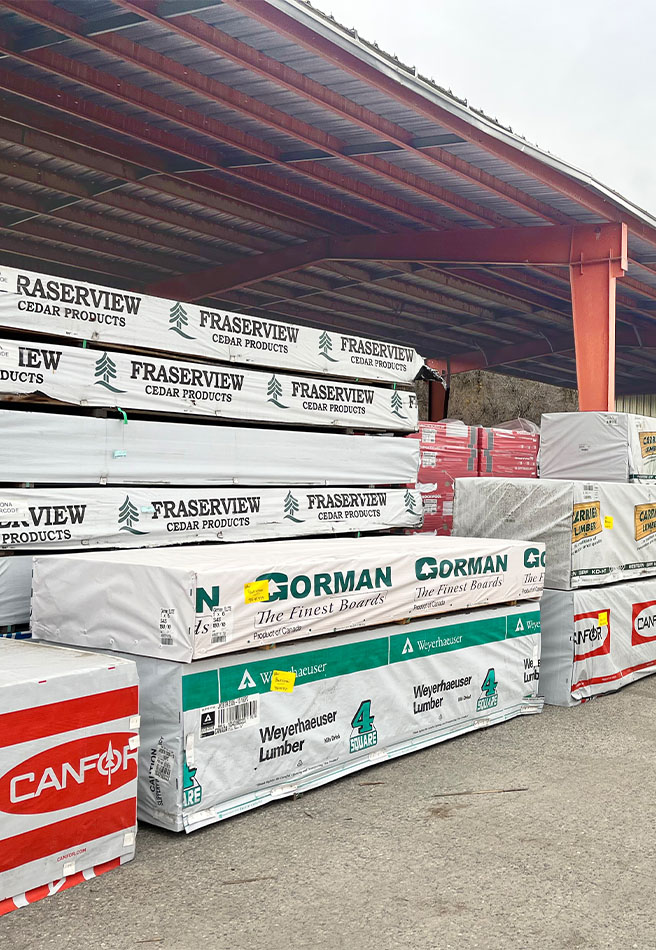
Photo courtesy of Gillfor Distribution
The lows of 2024’s lumber market were unexpected, suggests Brendon Hiller, Lumber Supply Manager at Taiga Building Products.
“We were surprised how low pricing remained for 2024, we expected with so many curtailments happening that demand would outpace supply,” he says. “This was telling us that The R&R market that makes up for 40% of lumber consumption in North America was very weak, keeping prices down for the first 9 months.”
“With interest rates not coming down in the U.S. you see existing home sales slow drastically, no one is moving which slows the R&R market down.”
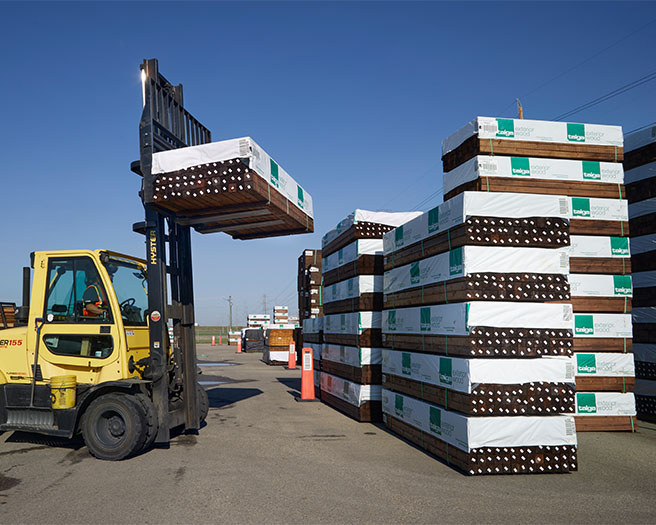
Photo courtesy of Taiga Building Products
The fall pricing increase surprised all in the industry, says Brent Brownmiller, Vice President of National Commodity Products at Gillfor Distribution. While it was expected, it was sooner and stronger than anticipated.
“Everybody was surprised by the recent run in lumber prices,” he says. “We all speculated that 2025 was going to be a firmer year when it comes to pricing and availability of lumber, but I don’t think there was anybody who thought it was going to come with such fury so late in the year of 2024.”
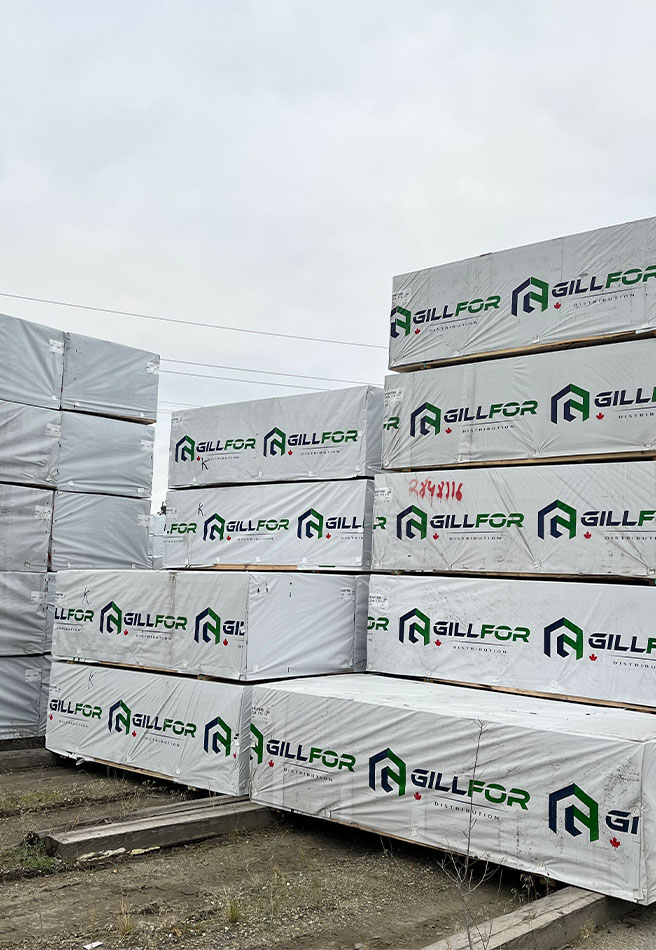
Photo courtesy of Gillfor Distribution
Stephen Marshall, President of Futura Forest Products (the treated lumber division of Doman building materials), attributes the flat start to 2024 to accelerated logging activity, especially in Quebec.
“Two things happened structurally with sawmillers in Canada,” he says. “In Quebec, we saw an increase in production early in 2024, and that was due to a lot of forest fire activity in Northern Quebec, and there was a very real beetle threat as a wave of beetles started attacking those burnt forests. Sawmills had to stock and merchandize those logs as fast as possible.”
In the West, he says, several factors have caused production to drop. Marshall says major increases in softwood lumber duties on shipments going to the U.S. and changing rules put in place by the B.C. government on how sawmills can operate have dropped production over the last decade by approximately 50 percent. He echoes the opinion that the end-of-year rally is supply-driven.
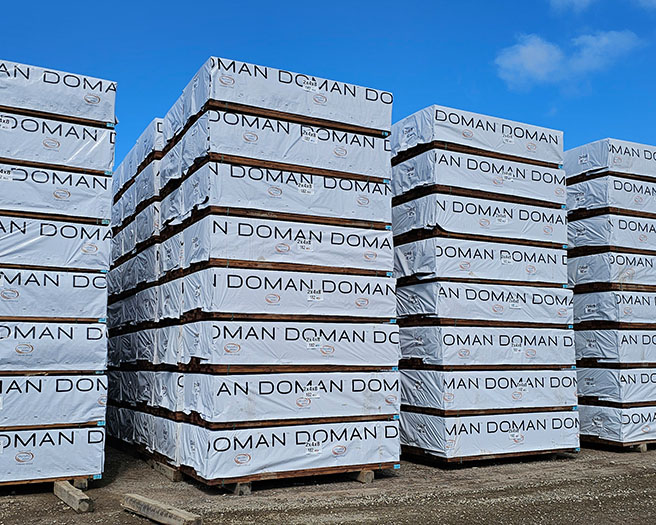
Photo courtesy of Doman Building Materials

Photo courtesy of Doman Building Materials
What to expect in 2025
Most are predicting the higher pricing on lumber to continue into 2025, and note the market is rife with potential challenges.
“I do see this continuing in 2025, we will see supply tighten and demand increasing. We should see higher levels and more volatility,” says Hiller. He foresees a “stronger market, tighter supply driving higher levels.”
“Housing starts will be slightly up, but the R&R demand should increase. We expect more mills to keep wood in Canada but with supply being so tight from Canadian producers due to all the curtailments, I don’t think this translates into massive discounts in Canada all the time. It will create a lot of confusion in the marketplace.”
He also forecasts volatility, with the prospect of new U.S. tariffs and another expected increase in softwood lumber duties.
“With the new (U.S.) administration, expect the unexpected. We don’t know what will happen, we focus on what we can control and adjust as needed.”
In August 2024, the U.S. increased import duties on Canadian softwood lumber by nearly 81%, and industry watchers are expecting more to come. Naturally, lumber exports have been down.
With the curtailments of B.C. sawmills resulting from various economic pressures, certain products — longer and wider widths, for example — will be harder to find, Brownmiller says. He notes that 2024 was still “a correction year” after the “astronomical highs” during the Covid-19 outbreak.
He expects the lumber market in 2025 to be firmer and anticipates lead times will increase overall compared to 2024. He also says there are serious concerns ahead.
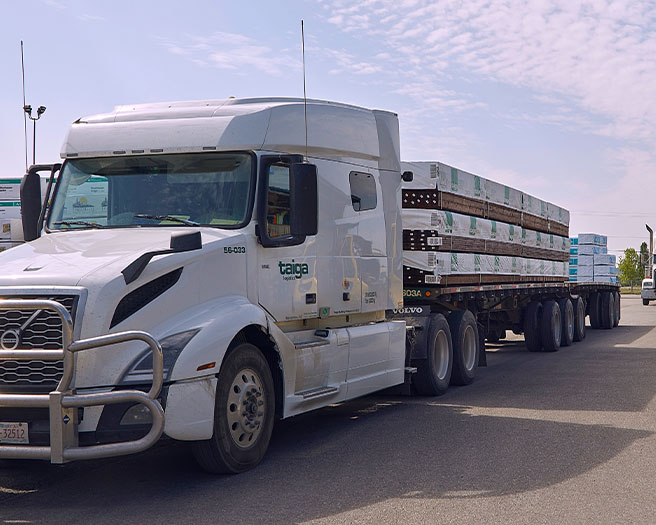
Photo courtesy of Taiga Building Products
One possible risk is that Southern Yellow Pine from the U.S. may find its way into Canada, “It almost makes sense, freight-wise, to start bringing wood from the southeast part of the U.S. into the eastern part of Canada.”
Another “massive concern,” of course, is further duties and the impending threat of tariffs under the new U.S. government.
“Right now, the duty impact going into the U.S. is 14.5%, there is a potential that may double at some point this year. So, any Canadian softwood lumber exporting to the U.S. will have up to a 30% impact on duties. That’s massive,” he says. “With the incoming U.S. President, there could be an extra 10% tariff on top of that.”
Castle’s Johnston predicts consumer demand for lumber products to be flat in the first half of 2025, with the lumber market mirroring that, but expects a pickup in Q3 and Q4, based on increased housing builds, assuming interest rates in Canada continue to drop. He predicts even greater future demand to combat the ongoing housing crisis.
“At some point, we’re going to get on a run and there’s such a housing shortage that it could be for five or six years,” Johnston says.
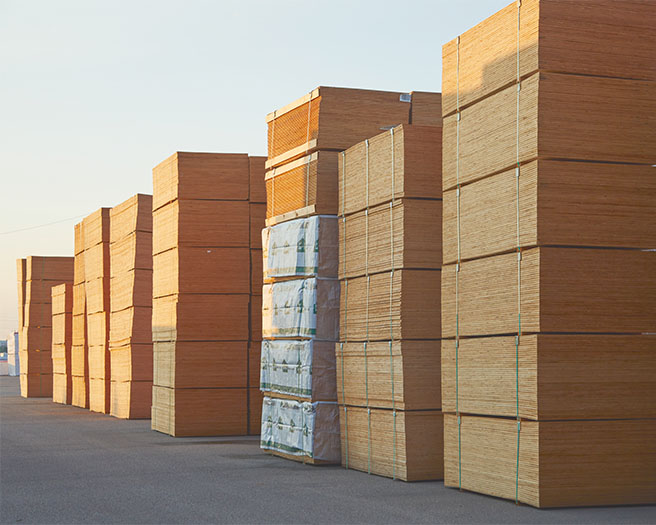
Photo courtesy of Taiga Building Products
Marshall also predicts a relatively average year: “For 2025. My forecast is fairly muted. We’re still in this period of uncertainty. Leadership changes in the U.S., potential leadership changes in Canada. Lots of uncertainty. Personal debt per household is at relatively high levels,” he says.
“Folks are just being cautious. I think it’s going to be a very average year in 2025. I don’t think the inflation threat, at least in the U.S., is over. Folks are going to be more cautious, so it’s going to be a very sort of stable year. It could mirror what’s happened in 2024.”
“We’re not going to set any records in 2025.”
While opinions vary slightly on the year ahead, Hiller has solid advice for contractors looking at a potentially volatile year and longer lead times.
“With tight supply, order files and pricing will be volatile. The past two years we have been able to get whatever material we need very quickly; this will change as demand increases. Be cautious waiting until the last minute to order material for projects, you may be surprised by the lead times.” —
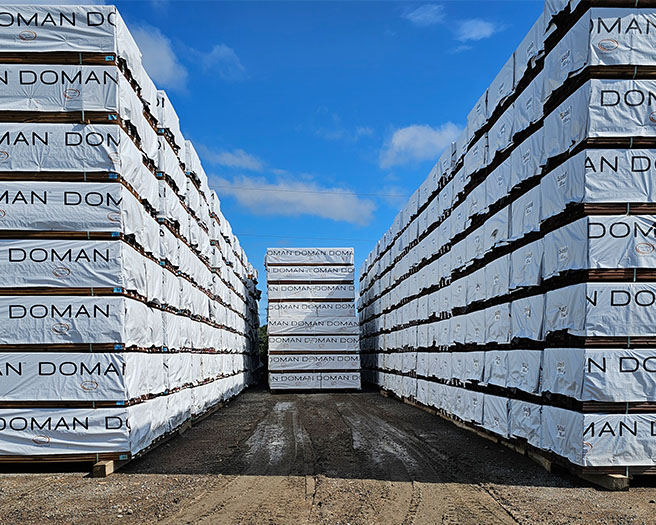
Photo courtesy of Doman Building Materials
